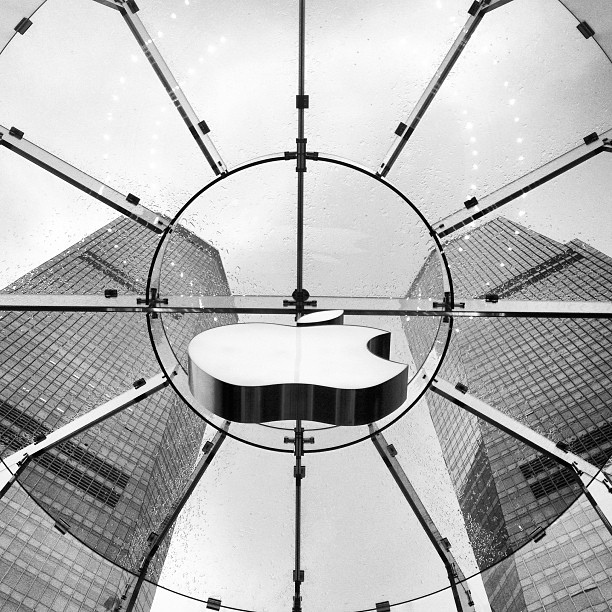
Photo Credit: Lawrence Wang/Flickr.com
For the past few quarters, Apple (Nasdaq: AAPL) was struggling because of the saturated smart phone market. iPhone sales were lagging and the market wasn’t too happy with the growth on its other initiatives. But the recently reported quarter seems to prove that things may have turned around. This was a big quarter for Apple. Not only was it the holiday quarter, but it was also the first full quarter for iPhone 7 sales.
Apple’s Financials
Apple’s fiscal 2017 first quarter revenues grew 3% over the year to $78.4 billion, ahead of the Street’s forecast of $77.3 billion. EPS of $3.36 was also ahead of the market’s projected earnings of $3.22 per share. This was the highest quarterly revenue ever in Apple’s history, along with all-time unit and revenue records for iPhone and Apple Watch; all-time revenue records for services and Mac; and all-time revenue records for four out of their five geographic segments.
By segment, Apple’s iPhone revenues grew 5% over the year to $54.38 billion. iPhone sales increased 5% over the year and 72% over the quarter to 78.29 million units. The market was expecting 77.42 million units to be sold. iPad sales fell 22% over the year at $5.5 billion driven by a 19% reduction in units sold. Mac sales grew 7% to $7.24 billion as units sold improved 1% to 5,374 million. Services revenues grew 18% to $7.17 billion, surpassing market expectations of $6.91 billion. Revenues from other products, which include sales from Apple Watch and AppleTV, fell 8% to $4.02 billion.
By region, Apple’s revenues from the Americas grew 9% over the year $31.97 billion and sales from Europe grew 3% to $18.5 billion. Revenues from Japan grew 20% to $5.77 billion and rest of Asia Pacific improved 8% to $5.86 billion. Revenues from the Greater China region continued to fall and declined 12% over the year to $16.23 billion. Apple had earlier blamed the declining revenues on macro economic conditions, but the country has also been a difficult market to crack. Chinese buyers favor buying phones from local manufacturers such as Huawei and Xiaomi that offer high-end features at a lower price point. On top of that Apple has to deal with China’s regulatory authorities that have banned media services.









Leave A Comment